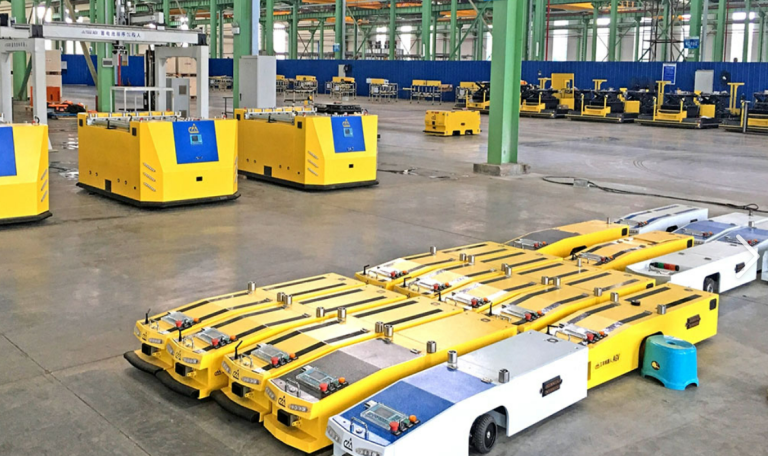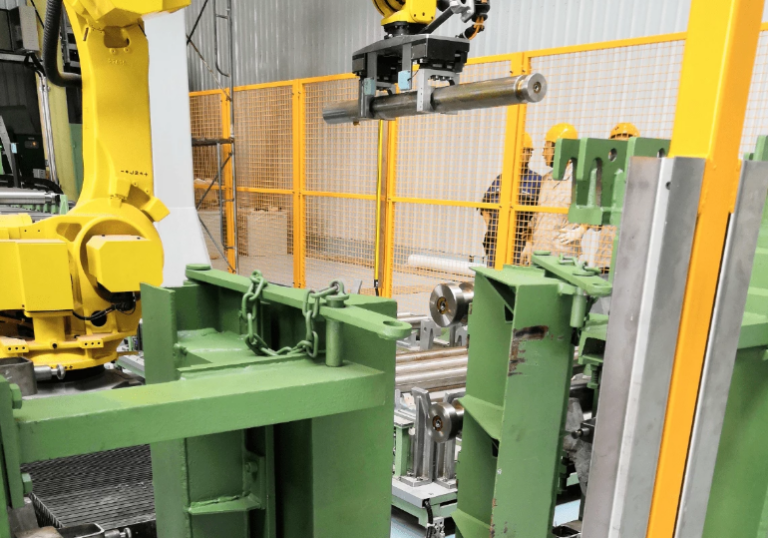

High-Temperature-Resistant RFID Tags Applied to Vulcanization Mold Management at XX Tire Factory
XX Tire Factory manages a large number of tire vulcanization molds, requiring each mold and its components to be uniquely identified for centralized management and scheduling. However, technical limitations have consistently hindered effective management.
The customer’s original management approach involved affixing paper labels to the mold surfaces for product identification. Manual records were then kept at each application stage, with these records periodically entered into the ERP system by hand.
The drawbacks of this traditional management method are as follows:
- Due to the dirty industrial environment, molds require maintenance and cleaning operations. Paper labels are prone to soiling and damage, and handwritten labels are often difficult to read clearly.
- All records are manually written by hand, resulting in low efficiency. Handwriting is often sloppy, leading to frequent errors in documentation.
- There is a time lag between data recording and system entry. Moreover, the tedious nature of data entry makes it difficult to ensure accuracy.
- Paper documents are difficult to preserve, complicating later retrieval and comparison of historical records.
- Paper documents lack timely data updates; mold status records cannot be promptly entered into systems or displayed on management boards.
- Production processes involve high temperatures, water washing, and corrosive conditions, rendering paper labels unsuitable.
Based on customer requirements, we provided customized design services to develop a specialized label product. This label withstands prolonged exposure to high-temperature baking, acid-alkali corrosion, and water washing erosion, while also supporting repeated reuse cycles. For on-site mold management at the customer’s facility, this application enables full lifecycle management of molds. An RFID specialized label is embedded within each mold to record its unique ID number, replacing the previous paper-based labeling method. From tag embedding through customer delivery, warehousing, inventory checks, issuance, machine deployment, maintenance, to disposal.
Slots are cut into the mold to embed the tag. At the customer site, the tag is read to complete inventory entry through the mold management system. When the mold is issued, the tag is read to complete inventory withdrawal. When the mold arrives at the workshop for use, the mold information can be read by the RFID reader/handheld reader near the machine, recording the mold’s current status and sending the data in real-time to the backend management software.
RFID handheld terminals are used in the mold storage area to conduct inventory counts. When maintenance is required, the tag information is read. After maintenance is completed, the maintenance record is linked to the tag ID and saved in the system database, finalizing the maintenance process. The entire workflow achieves paperless operation with real-time data collection, eliminating manual data entry. Only reading and binding are required, and mold data retrieval is exceptionally convenient and efficient.





